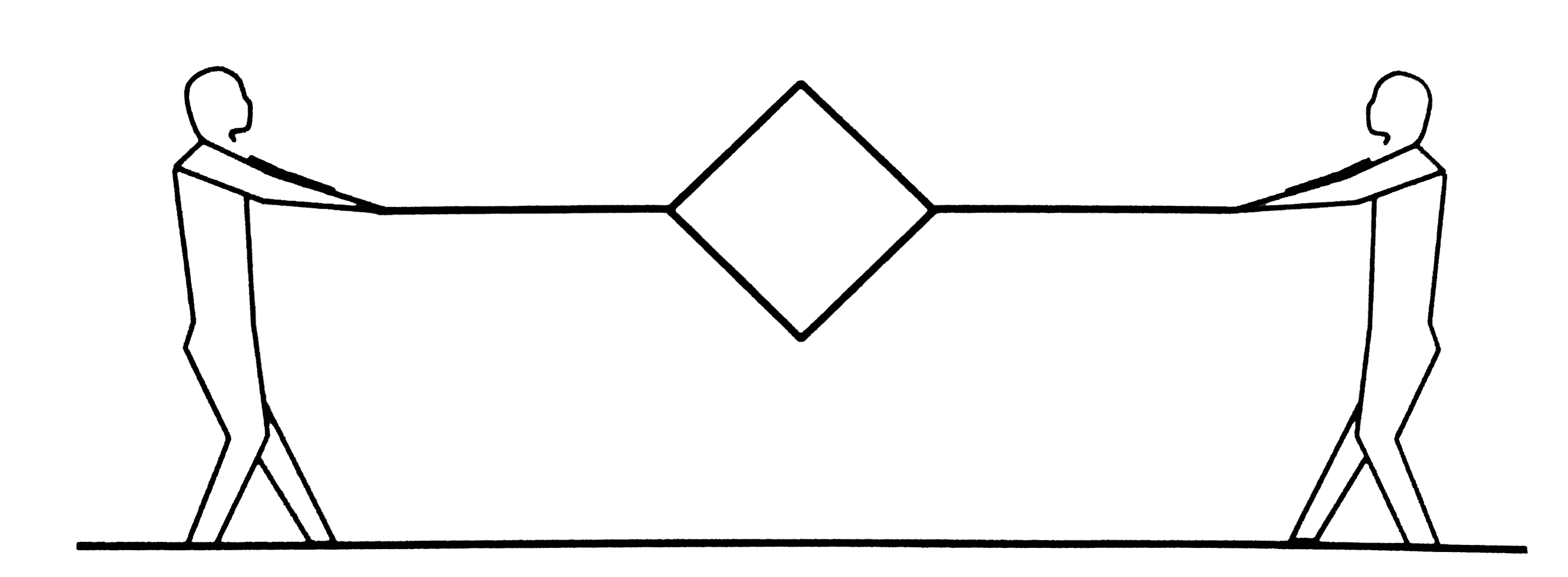An electromagnetic wave going through vacuum is described by
E=E0sin(kx−ωt),B=B0sin(kx−ωt).
Then Solution in Gujrati
(E0)k=(B0)ω
(E0)(B0)=ωk
(E0)ω=B0k
none of these .
The correct Answer is:A
Step by step video & image solution for An electromagnetic wave going through vacuum is described by E= E_0 sin(kx- omega t), B=B_0sin(kx-omega t). Then by Physics experts to help you in doubts & scoring excellent marks in Class 12 exams.
Updated on:21/07/2023Topper's Solved these Questions
- ELECTROMAGNETIC WAVESBOOK - HC VERMACHAPTER - ELECTROMAGNETIC WAVESEXERCISE - Objective 2
5 Videos
- ELECTROMAGNETIC WAVESBOOK - HC VERMACHAPTER - ELECTROMAGNETIC WAVESEXERCISE - Exercises
9 Videos
- ELECTROMAGNETIC WAVESBOOK - HC VERMACHAPTER - ELECTROMAGNETIC WAVESEXERCISE - Short Answer
7 Videos
- ELECTROMAGNETIC INDUCTIONBOOK - HC VERMACHAPTER - ELECTROMAGNETIC INDUCTIONEXERCISE - EXERCISE
9 Videos
- GAUSS LAWBOOK - HC VERMACHAPTER - GAUSS LAWEXERCISE - Exercises
24 Videos
Similar Questions
An electromagnetic wave going through vacuum is described by
E= E_0 sin(kx- omega t). Which of the following is/are independent of the wavelength?
View SolutionShow that the dimensions of the displacement current (ε0dΦEdt) are that of an electric current.
View SolutionIn a microwave oven, the food is kept in a plastic
container and the microwave is directed towards the
food. The food is cooked without melting or igniting the
plastic container. Explain.
View SolutionShown a metallic square frame of edga a in a vertical plane. A uniform magnetic field B exists in the space in a directon perpendicular to the plane of the figure. Two boys pull the opposite corners of the square ot deform it into a rhombus. They start pulling the corners t t=0 and sisplace the corners at a uniform speed u. (a) find the induced emf in the frame at the instant when the angles at these corners reduce to 60∘. (b) find the induced current in the frame at this instatnt if the total resistance of the frame is R. (c) Find the total charge which flows through a side of the frame by the time the square is deformed into a straight line.

View SolutionThe electric field in a region is given by →E=35E0→i+45E0→j with E0=2.0×103NC−1. Find the flux of this field through a recatngular surface of area 0.2m2 parallel to the y-z plane.
View SolutionAn electromagnetic wave going through vacuum is described by E= E_0 sin(kx- omega t), B=B_0sin(kx-omega t) . Then
View SolutionAn electromagnetic wave going through vacuum is described by
E= E_0 sin(kx- omega t). Which of the following is/are independent of the wavelength?
View SolutionAn em wave going through vacuum is described by E=E0sin(kx−ωt)
B=B0sin(kx−ωt)
View SolutionTwo waves are given byy1=asin(ωt−kx) and y2=acos(ωt−kx). The phase difference between the two waves is
View SolutionTwo harmonic travelling waves are described by the equations y_(1)=a sin(kx-omega t) and y_(2)=a sin(-kx+omega t+phi) . The amplitude of the superimposed wave is
View SolutionA travelling wave represented by y = A sin (omega t - kx) is superimposed on another wave represented by y = A sin (omega t + kx). the resultant is :
View SolutionAn electromagnetic wave going through vacuum is described by E=E0sin(kx−ωt) which of the following is/are independent of the wavelength?
View SolutionAn electromagnetic wave going through vacuum is described by:
E=E0sin(kx−ωt)
B=B0sin(kx−ωt)
View Solutionनिर्वात में से जा रही वैद्युतचुम्बकीय तरंग, E=E0sin(kx−ωt) से दर्शाई जाती है। निम्न में से क्या तरंगदैर्ध्य पर निर्भर नहीं?
View Solutionएक विद्युतचुम्बकीय तरंग निर्वात् में संचरित होती है। जो इस प्रकार है E=E0sin(kx−ωt) तथा B=B0sin(kx−ωt) निम्न में से सत्य है
View Solutionविद्युतचुम्बकीय तरंग निर्वात से गुजरने पर E=E0sin(kx−ωt) द्वारा प्रदर्शित की जाती है। निम्न में से कौन तरंगदैर्ध्य से स्वतन्त्र होगा?
View Solution
